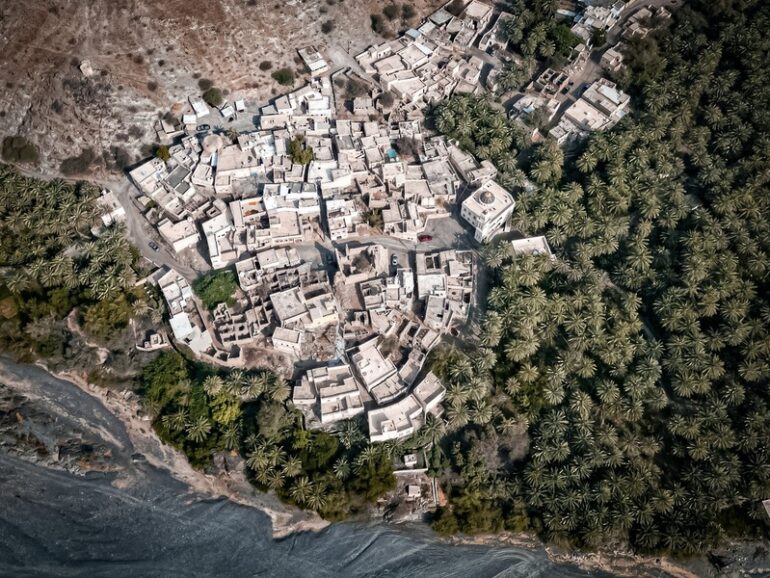
Nakhal- Wadi al Abyad in Nakhal, South Batinah, continues to draw nature enthusiasts and campers seeking a peaceful escape. Known for its flowing waters, serene pools and striking white rock formations, the wadi offers a rare combination of geological wonder and cultural heritage.
Stretching from the high peaks of the Western Hajar Mountains to the Sea of Oman, Wadi al Abyad’s course passes through several villages and farmlands before merging with coastal plains. Its name, meaning ‘White Valley’, originates from the distinctive pale rocks and stones that mark the landscape — a feature that has fascinated geologists and visitors alike.
According to Dr Al Moatasem bin Nasser al Hilali, Director of the Department of Heritage and Tourism in South Batinah, the wadi’s settlements include small villages such as Al Hillah al Aliyah, Al Khatm, Al Mukhtabiyah, Al Saliyah, Qalqal, Wadi Abu Dhahabah, Al Rawdah, Al Saih, and Al Ghubaira, among others. Each community maintains traditional agricultural practices and irrigation systems that have supported life in the area for generations.
Accessing the camping sites deep within Wadi al Abyad requires four-wheel drive vehicles due to the uneven terrain and water crossings. For many visitors, the journey itself — navigating rocky paths and shallow streams — is part of the adventure, offering both challenge and discovery.
The wadi’s greenery reflects a blend of cultivated and wild vegetation. Palm groves, fruit trees and citrus orchards stand alongside native species such as sidr, samr, lavender, harmal, and ja’dah. These plants thrive on the water that flows through the wadi’s ancient aflaj irrigation systems, which still operate on traditional timekeeping methods based on sunlight, moonlight and star positions. Among the most prominent aflaj are Al Abtari, Al Khatm, Al Shaghi, Al Hussain and Al Sidr.
Wadi al Abyad also holds historical and archaeological importance. Towers such as Al Khatm, Al Marfa, and Al Saliyah, along with Beit al Oud, stand as reminders of the valley’s strategic and cultural significance.
Beyond its scenic charm, the area attracts geologists from around the world. Studies show that Wadi al Abyad contains visible layers separating oceanic crust from mantle rock — a rare phenomenon that makes it an important site for geological research.
Located about 28km from Sultan Qaboos Highway and 22km from the Barka-Nakhal Road, Wadi al Abyad remains accessible yet undisturbed. Although water levels have dropped in recent months due to reduced rainfall, the wadi continues to flow steadily in its deeper reaches, sustaining vegetation and wildlife.
For those seeking a place where nature, history and science meet, Wadi al Abyad stands as one of Oman’s most distinctive landscapes — a valley of white stone, green life and enduring stories.
© 2021 Apex Press and Publishing. All Rights Reserved. Powered by Mesdac